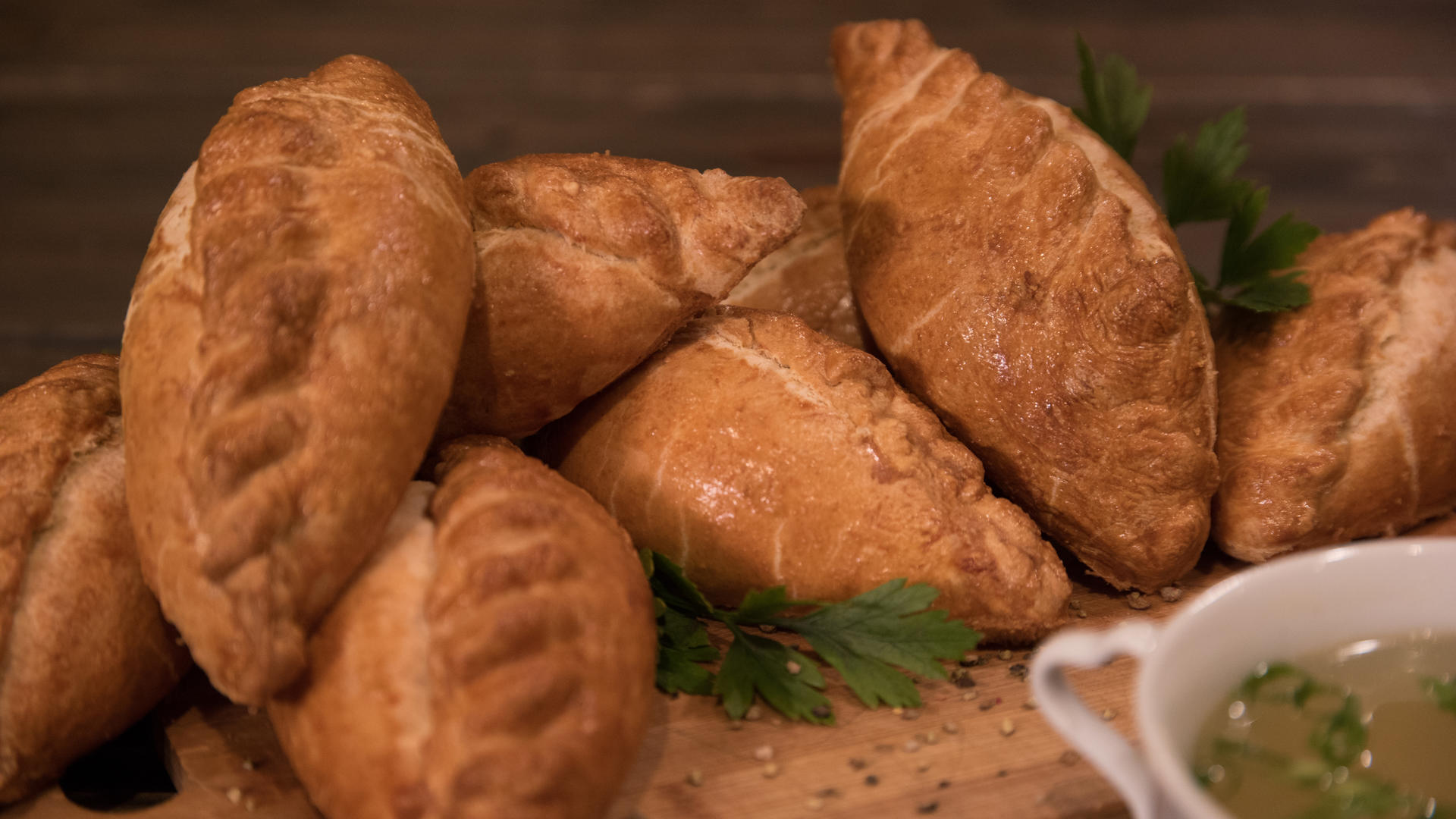
Duration of the route that runs through Prienai district - Elektrenai municipality - Trakai district, is 7 hours.
The “Dzukija” route introduces the culinary heritage of Dzukija ethnographic region.
Mead is produced from honey. Honey without wax, bee-bread or other impurities are the best for it. Mead is produced from good quality bee honey in Stakliskes. The mead educational and tasting programs are organized here.
The Lithuanian nation did not live in isolation - it is also reflected in folk cuisine. Many dishes are taken from neighbouring nations. Some of them are loved and widely produced by changing the recipes according to their taste and now can be considered as national. For example, potato pie came to Lithuania from German cuisine and is now baked throughout the country. It is produced in Jovariskes village according to a special ancient recipe with smoked pieces of meat. The smoked meat products and potato pie education leaders invite to cook and taste this potato pie.
What is better than kibinas? Homemade kibinas! These are the ones that are made by Karaims in the capital of kibinas - in Trakai. You can watch the entire production process and wine and dine in the kibinas educational program.
The “Bread Daily” will leave an unforgettable impression on the importance and holiness of bread.
Mead is produced in accordance with the old production traditions by natural fermentation. Since the restoration of mead production, several mead production recipes have been selected and refined, and, therefore, the unaltered mead has been produced so far.
EDUCATIONAL AND MEAD TASTING PROGRAMS
Activities: getting acquainted with the history of mead, drinks, dishes, production facilities, tasting.
Duration: 1-1.5 hours
Languages: Lithuanian, Russian and English.
Seasonality: all year round.
The mead educational and tasting programs include groups of visitors of at least 8 people not younger than 20 years old.
More about the object you will find in project implementer website.
In the village of Zuklijai, a simple leavened rye bread is born and the bread is baked by a certified craftswoman, baker, master, recently awarded as the best Lithuanian craftswoman in the food category. This bread has culinary and national heritage certificates and it is recognized as the product of the Aukstadvaris Regional Park.
BREAD BAKING EDUCATIONAL PROGRAM “Daily Bread”
Activities: preparation for bread baking - cleaning the oven, forming a bread dough loaf, baking, getting to know bread traditions, production, utensils. Tasting.
Duration: 1.5 hours
Languages: Lithuanian, Russian and English.
Seasonality: all year round.
More about the object you will find in project implementer website.
Karaim, a producer of kibinas, was born in Trakai and first she was introduced to the gastronomy in her childhood, when her grandmother taught her a lot of kitchen secrets. Kibinas has become her specialty of the house.
KIBINAS EDUCATIONAL PROGRAM
Activities: the story about the Karaims, traditions, kibinas production. It is shown how the kibinas is produced. Tasting.
Duration: 1 hour
Languages: Lithuanian, Russian, Polish.
Seasonality: all year round.
More about the object you will find in project implementer website.
Lithuanian certified dishes are produced in Jovariskes village and those recipes are over 100 years old! Smoked meat products are especially delicious, because the housewives always ensure that they get meat only from the farmers of Lithuania. And the potato dishes are made from the potatoes grown by them. The most delicious of them is the baked potato pie.
SMOKED MEAT PRODUCTS AND POTATO PIE EDUCATIONAL PROGRAM
Activities: getting acquainted with the history of potato pies and smoked meat products, active participation in the production process, visiting the meat smokehouse (from which the meat is taken out), tasting meat, potatoes peeling and grating, potato pie dough cooking, baking, tasting.
Duration 1-1.5 hours approx.
The educations are being held in Russian, English, Lithuanian.
Seasonality: all year round.
Homesteads organize a tasting of national heritage dishes for groups of 20-50 people.
More about the object you will find in project implementer website.